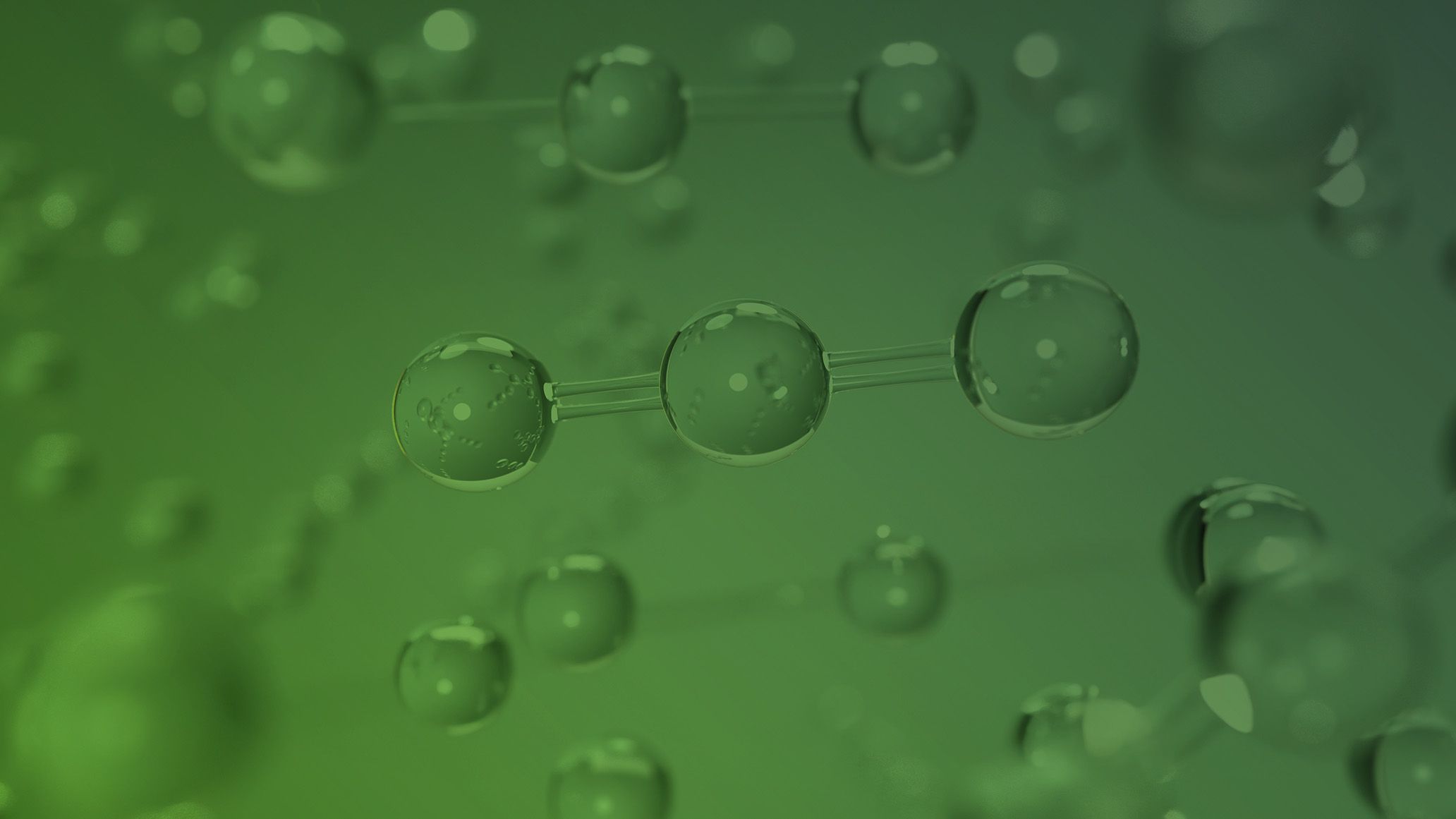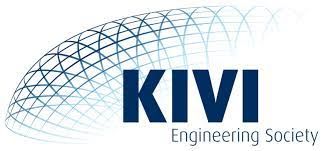Driving the industrial transformation: Hydrogen and its use in the Northern German Living Lab
The large-scale energy transition project “Norddeutsches Reallabor (NRL) | Northern German Living Lab” (04/2021-03/2026) brings together 50 partners from the energy sector, science, industry and politics to jointly identify new paths to climate neutrality. The joint project focuses on the regional production of green hydrogen and its use in various consumption sectors.
With the help of eight electrolyzers with a hydrogen production capacity of over 40 MW, fossil fuels are to be replaced by green hydrogen or its derivatives, particularly in industrial processes, but also in mobility.
A special feature of the project is its holistic view of the energy transition: In addition to the planned test projects for CO2 reduction, cross-cutting issues are also taken into account. In various research projects, the NRL partners are looking at the economic and social dimensions of the planned transformation path towards climate neutrality and, in particular, the regulatory design of a matching framework for a sustainable energy system.
In just over three years, the cross-state project has achieved important milestones. Current developments to be presented at the Hydrogen Technology Expo: NRL partner HAzwei is building a 25 MW large-scale electrolyzer in the Port of Hamburg. The hydrogen produced there will be used in particular at the Holborn refinery and pave the way for a green refinery. At NRL partner Aurubis, an anode furnace will be converted in summer 2024 so that copper reduction can be carried out using hydrogen in the future. Stadtreinigung Hamburg is planning to use self-generated hydrogen in waste fermentation at its Bützberg site from the end of the year, thereby increasing the methane yield.
These three examples demonstrate the innovative strength of the “Northern German Living Lab”: the project is being funded by the BMWK with 55 million euros and aims to accelerate the industrial transformation by using innovative technologies to rapidly expand sector coupling in the North. The close cooperation between very different players is laying the foundations for a strong, competitive, climate-neutral economy in Northern Germany.





)
)
)
)
)
)
)
)
)
)
)
)
)
)
)
)
)
)
)
)
)
)
)
)
)
)
)
)
)
)
)

)
)

)
)
)
)
)
)
)
)
)
)
)


)
)
)
)
)

)
)

)

)
)
)
)
)
)
)
)
)


)
)
)
